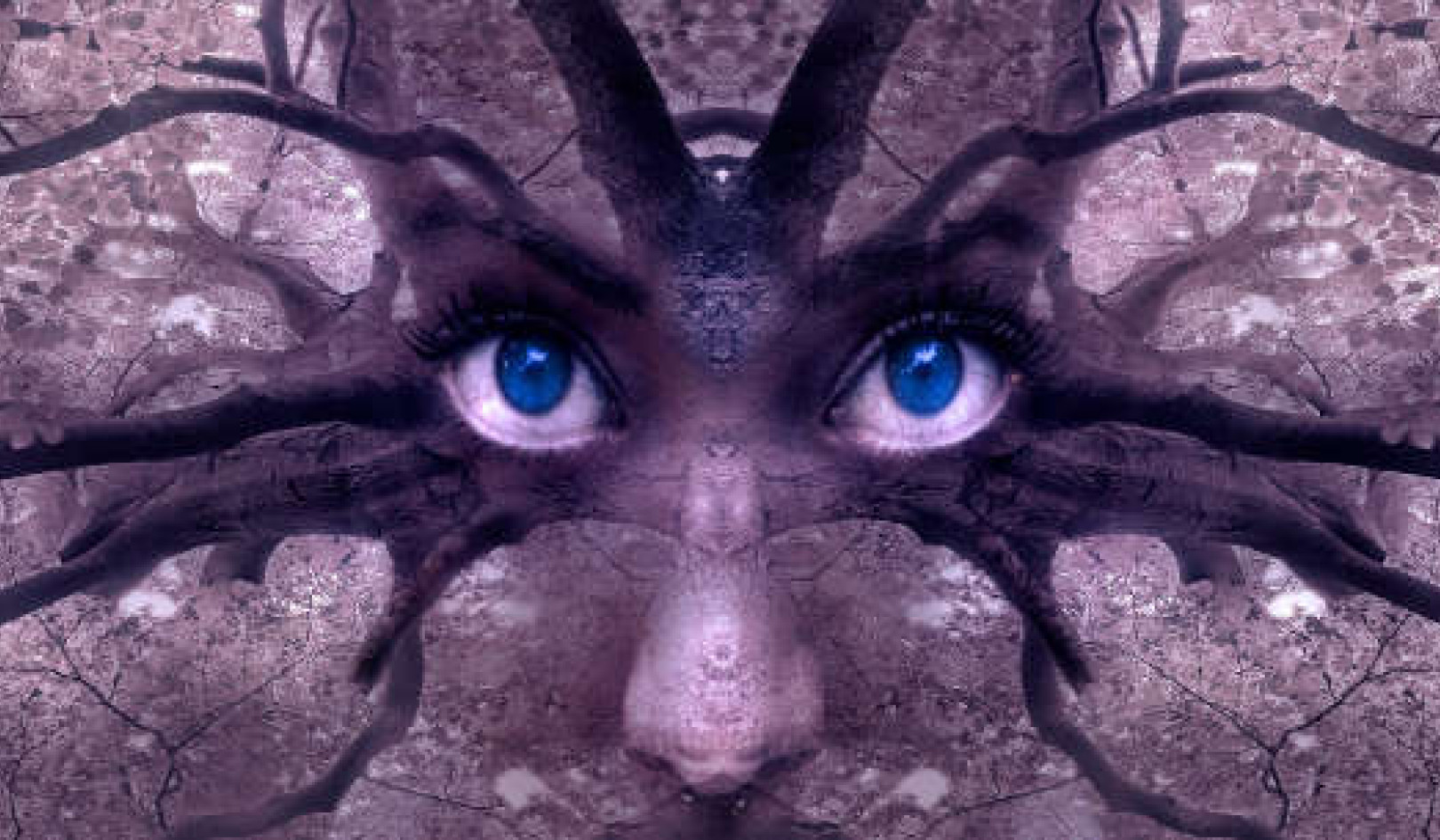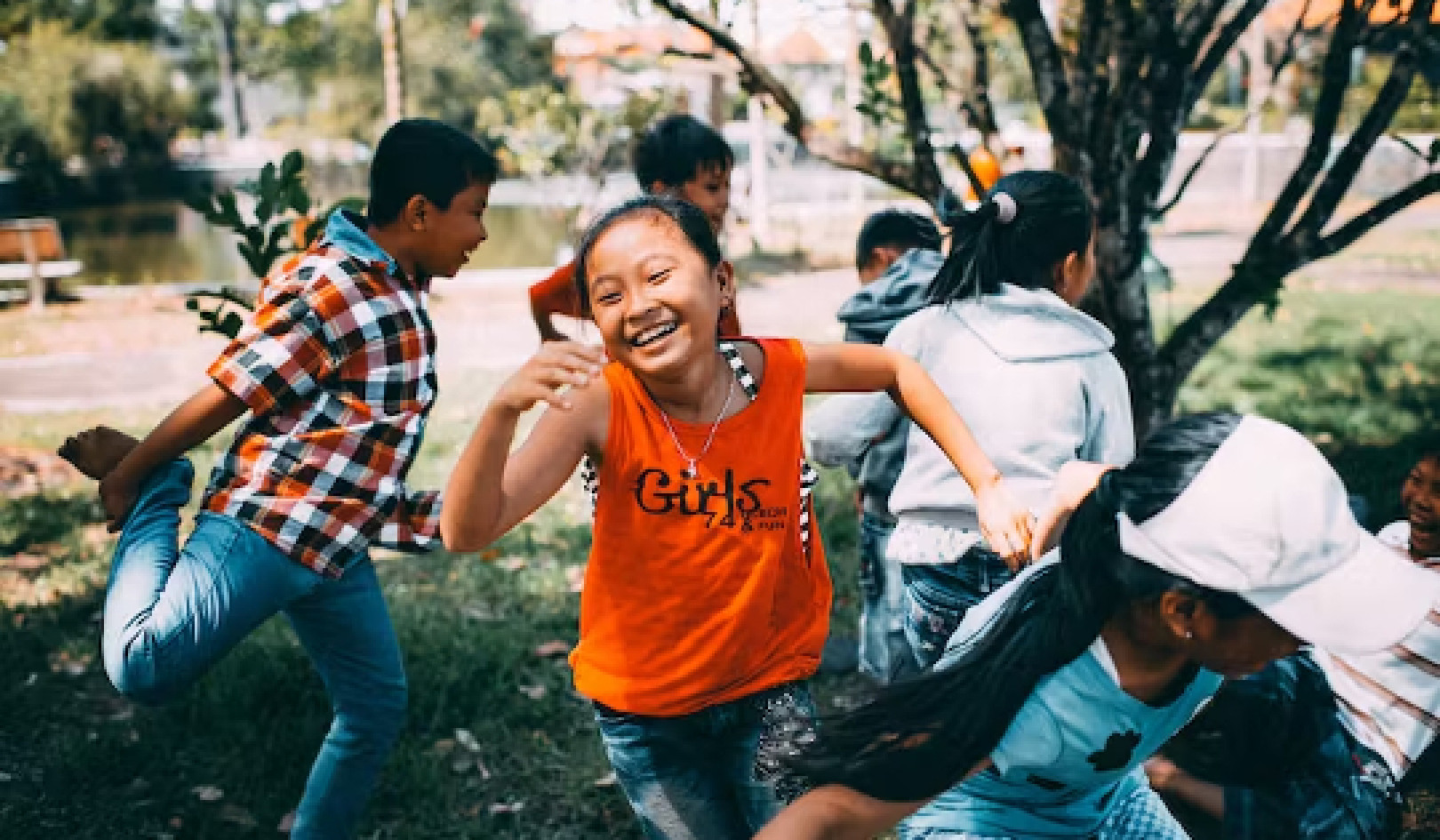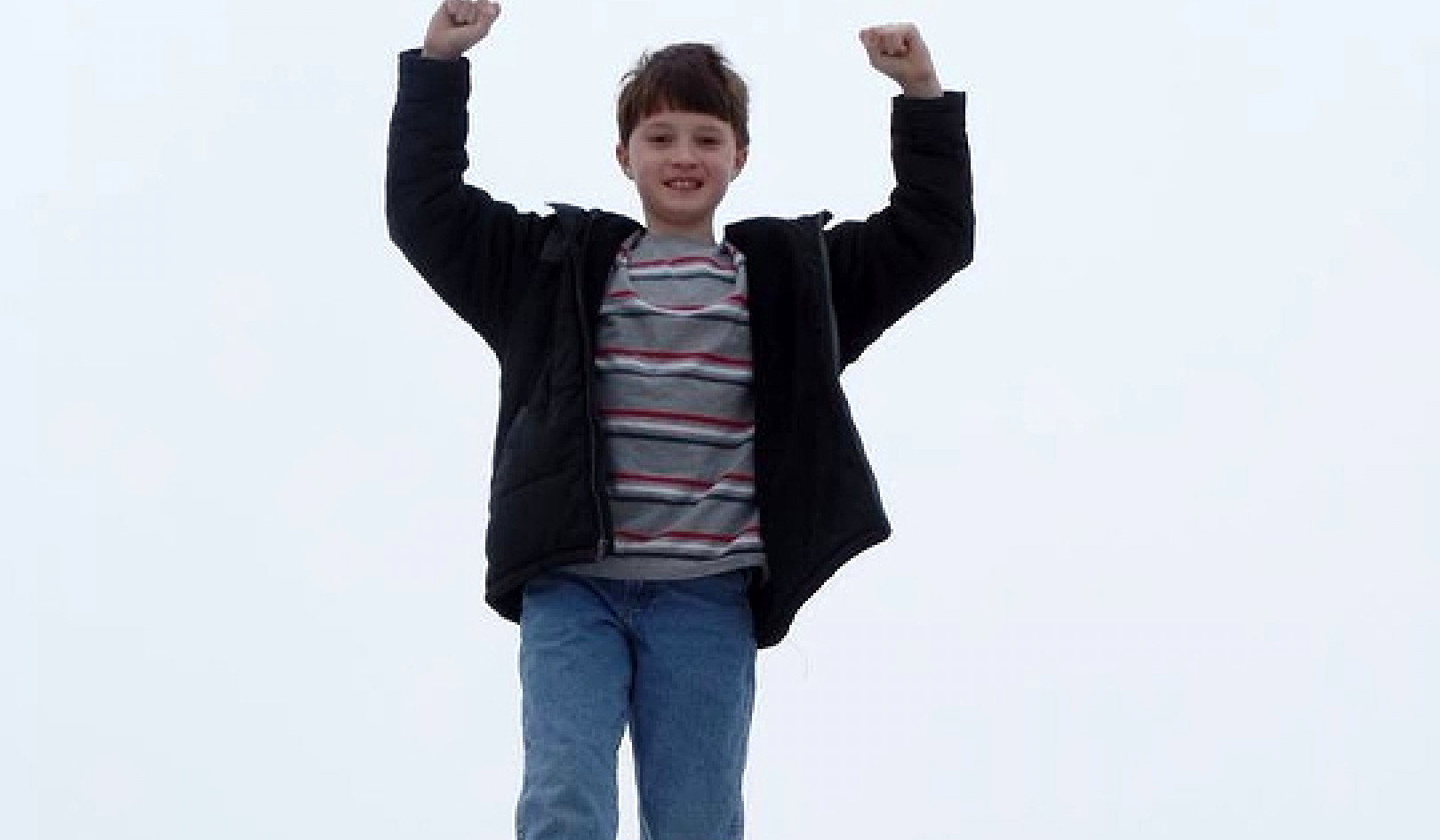
Your pain is the breaking of the shell
that encloses your understanding.
-- KAHLIL GIBRAN
As we have looked deeply into the pain of racism over the years, we have come to realize again and again that we could never heal these awesome wounds without some kind of spiritual support. We have seen through the years that we can deal with blatant discrimination through legal channels and receive some corrective action, but these kinds of compensation cannot heal hearts.
Our goal is deeper healing, and this requires spiritual as well as practical and supportive processes. We want nothing less than total release from the pain and fear that racist conditioning breeds. This means looking deeply into the part we all play in keeping the separation alive.
Moving Through Fears
We ask you to walk with us as we describe how we began to move through our fears. In our own lives, the principles of attitudinal healing proved invaluable to this process. Saying to ourselves, "Health is inner peace, and healing is letting go of fear," offers us an important step along the path to healing. To truly start to live this basic principle takes us to the next level-that of actualization in our world.
Sometimes we fear that if we forgive someone we perceive has wronged us, our forgiveness will let the "bad guy" get away with it. We are afraid to trust the law of compensation (sometimes called the law of karma or the law of cause and effect) to work on the worldly plane, but our task does not include judging our co-workers, our neighbors, or those we think have wronged us. Our task rather lies in loving ourselves unconditionally, and extending that unconditional love out to all we meet.
Healing our mind of racial overtones in a society that was formed out of the fabric of racial categorization poses a challenge. However, as we rise to meet this challenge, this practice frees us from the world of conflict and fear.
Transforming Fear to Peace
Not too long ago, I (Kokomon) worked for a delivery company as a courier. It was the month of December, and I had on a coat to protect me from the cold. I went to Lake Merritt Plaza to deliver a package to a business on the twenty-fourth floor of a large building. I entered the elevator, and while I was waiting for it to take off, a young white woman walked in. As soon as she was in, the door closed and the elevator took off. She was also going to the twenty-fourth floor. Just as she was about to press the button, she realized the light was already on.
At this point, she registered that there was somebody else in the elevator and that this person happened to be a black man -- me. Fear came over her; it was palpable. I could tell she was very, very afraid of me. She was an attractive woman dressed in black, wearing some type of coat over a black mini-skirt.
Because I could sense her fear, I took a position as far away from her as I could. The inside of the elevator ceiling was decorated with a mirror, so I could look at her just by glancing at the ceiling. She had her head down, and she was in her corner, and I was in mine. All kinds of thoughts were going through my head, because I had been reading stories regarding the lynching of black men in America who for one reason or another had been accused of raping white women.
When I sensed that she was afraid -- she was actually trembling with fear -- I got alarmed. I became very frightened myself. What if this woman were to level an accusation against me? How would I defend myself? This was very disturbing. I focused on the elevator panel and the signs of progress from floor to floor. I could feel my own fear growing.
Then, I realized that I could do something to help me let go of my growing fear. I could make a different choice. I took a deep breath and started repeating to myself a prayer to acknowledge that my spirit and the woman's spirit were one, that we had one mind, and that that mind was one of love and kindness and nothing else. I transmitted the idea that I had no interest in who she was other than to respect her as a woman and a human being -- that I did not know her, I didn't want money from her, and I had no interest whatsoever.
I found it amazing that by the time the elevator was passing the eighteenth floor, she was getting the message -- by mental telepathy, by love, by whatever you want to call it -- that we just happened to be in the same elevator at the same time, and that's it. I noticed that her energy was changing.
I could see in the mirror in the ceiling that she was beginning to look at me, and she could see that I was on some important mission, and that she just happened to be in the elevator. She turned to me, and greeted me. All of a sudden she said out loud, "I am no longer afraid of you." I took a deep breath and turned to her. I wanted to ask her why she'd been afraid of me. I was very shaken by the whole experience, as she validated my perception of her fear. What could have caused that fear, other than the fact that I was a black man? I didn't know her.
This is the work of prejudice, I thought to myself. Prejudice is an unfavorable opinion or feeling that is formed beforehand. Because of her preconceptions, this woman feared me for no other reason than that I was a black man. When she said, "I am no longer afraid of you," I wanted to ask a million questions. Had she been offended by a black person or a black man before? Had she had any altercation with a black person? What information had she picked up from the media? But I was tongue-tied, and I was also on my job, so when the elevator reached the twenty-fourth floor we parted, and I went about my business.
The experience stuck with me, though, revealing both the fear that prejudice leads to, and the healing power of loving thoughts.
Inner Peace and True Health
Most of the time when we think of health, we think of our physical body. However, our focus in this book is about our mind and our great need for inner peace, which leads to racial healing. Mother Teresa, who worked so devotedly during her lifetime to uplift the poor and diseased, said that the most serious problem facing us in this century is spiritual deprivation.
We are inclined to resonate with this belief, and for this reason we have defined racism as a life-threatening illness, a deprivation of the spirit. We have learned that racial harmony cannot be legislated. It is not a legal issue. It is a heart issue. Today more than ever we are torn emotionally over the issue of race.
From the perspective of attitudinal healing, health is not about our physical condition; instead, health is seen as a state of being free of fear -- a mental state. Health is a state of being free of conflict, free of emotional pain, free of guilt.
Health is a harmonious state -- alive, energetic, loving, and kind. In this state, we can experience a personal transformation. This is what true health is.
You may be asking yourself right now: How can I experience this? Our belief is that you experience health by letting go of fear and setting a single goal of experiencing inner peace. You learn to let go of fear every time you intentionally keep your heart open at the very moment that you most feel like contracting. By breathing into the area in your chest that starts to constrict when you are afraid, you are choosing health and healing over fear and separation.
Putting the Principle into Practice
"Health is inner peace,
and healing is letting go of fear.
1. We have been working with the principles of attitudinal healing for some time, and we still find that we struggle with them, especially when we are challenged with an opportunity to let go of our fears about the "other". None of us wants to admit that we may be feeling guilty or victimized, or that we may be acting as an oppressor when confronted with racial, cultural, class, or gender issues. And, let's face it, when we are experiencing fear, we cannot feel peaceful; we cannot experience true health.
The key factor when we are faced with a fearful belief is to make the choice not to resist the feeling. We can admit to ourselves that we are not peaceful and ask for help and express our fears and prejudices honestly. We have learned that it is often difficult to resolve these kinds of issues alone.
The quickest way to let go of fear is to reach out to another human being. Many times we are experiencing so much embarrassment with issues related to racism that we are unable to ask for help. We bury our feelings. Simply reaching out to a friend or family member we trust can help us begin to change this dynamic.
2. However, if you find yourself experiencing the constriction of fear around the issue of race and you are not able to reach out to another, sit down quietly and do the following:
Take a pen and paper and begin to list all your fearful thoughts about race. These might include your fears of the "other", as well as your fears about your own prejudice.
Take several long, deep breaths as you list your fears, imagining yourself breathing the fears out as you list them.
Then, make a contrasting list of loving images and breathe deeply. As you take these deep breaths, imagine yourself breathing in all the love from your positive images.
3. Remember, letting your breath flow and keeping your chest open allows you to let go of fear, and letting go of fear will bring you the true health of inner peace.
Excerpted with permission from the publishers,
H J Kramer, PO Box 1082, Tiburon, California.
©1999. All rights reserved.
Article Source:
Beyond Fear: Twelve Spiritual Keys to Racial Healing
by Aeeshah Abadio-Clottey & Kokomon Clottey.
Addressing racism in a distinctively different way, this seminal work presents a r  efreshing new vision of the internal peace that is possible for each individual, and ultimately for our society as a whole.
efreshing new vision of the internal peace that is possible for each individual, and ultimately for our society as a whole.
Click here for more info and/or to order this book.
About The Authors
Recipients of the Jampolsky Award for Exemplary Work in Attitudinal Healing for the Racial Healing Project and the Ghana Project, Aeeshah Abadio-Clottey and Kokomon Clottey are internationally recognized for their workshops on racial healing. Together they founded the Attitudinal Healing Connection in Oakland, California, and Ghana, West Africa. The Attitudinal Healing Connection's website is http://ahc-oakland.org/























